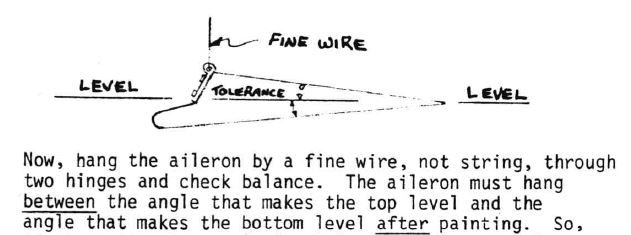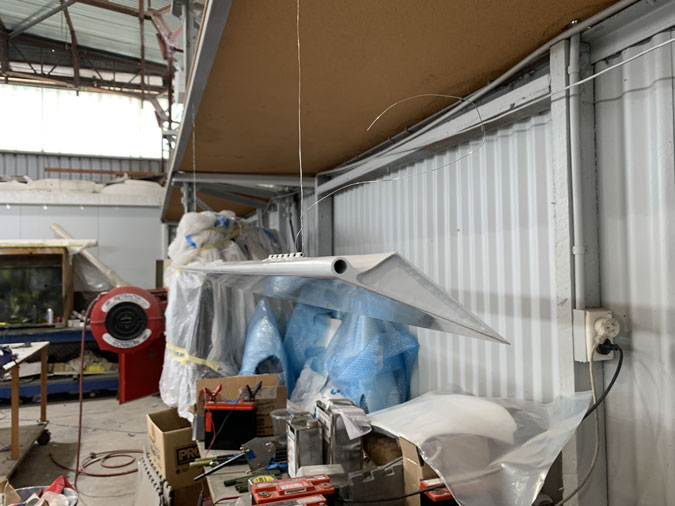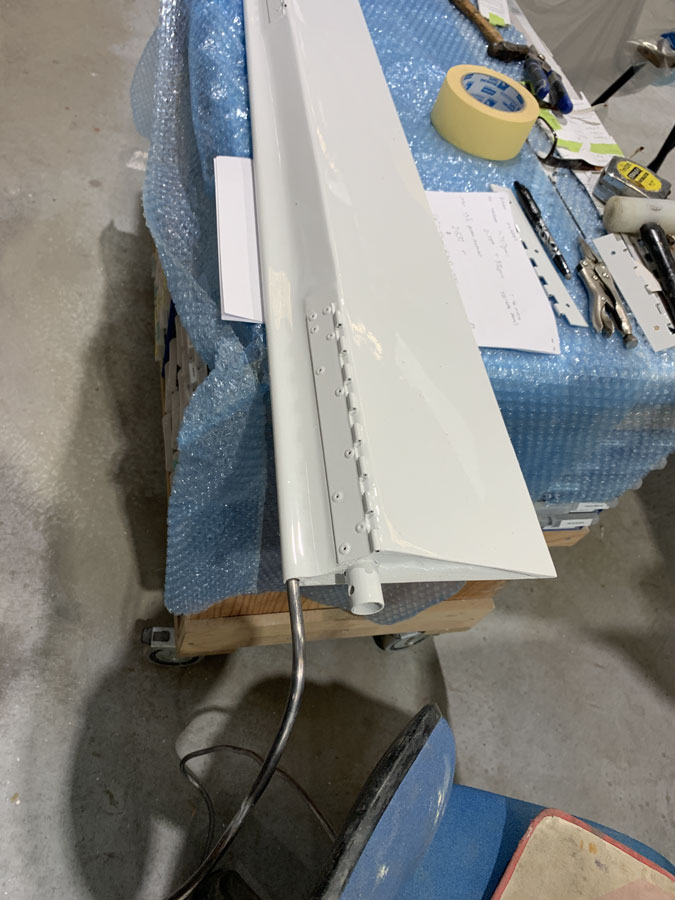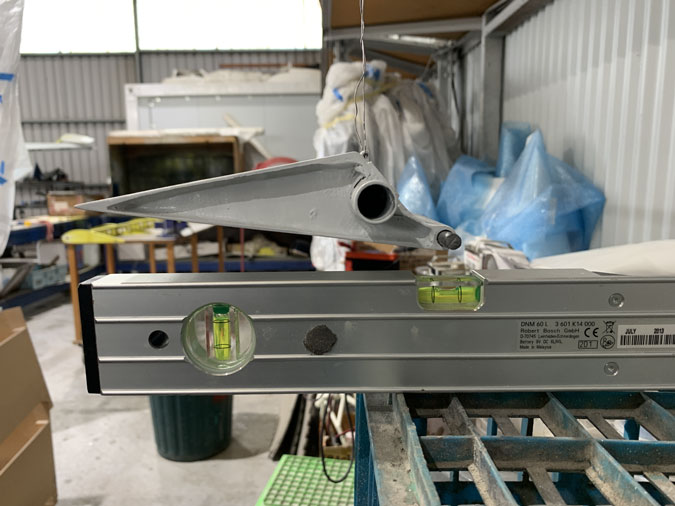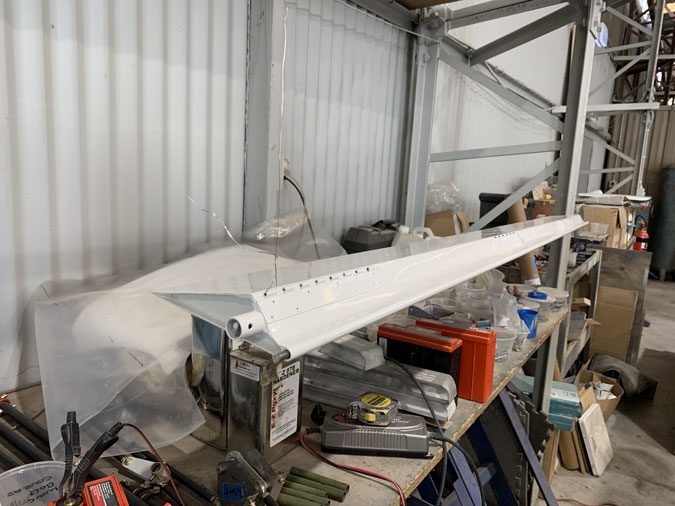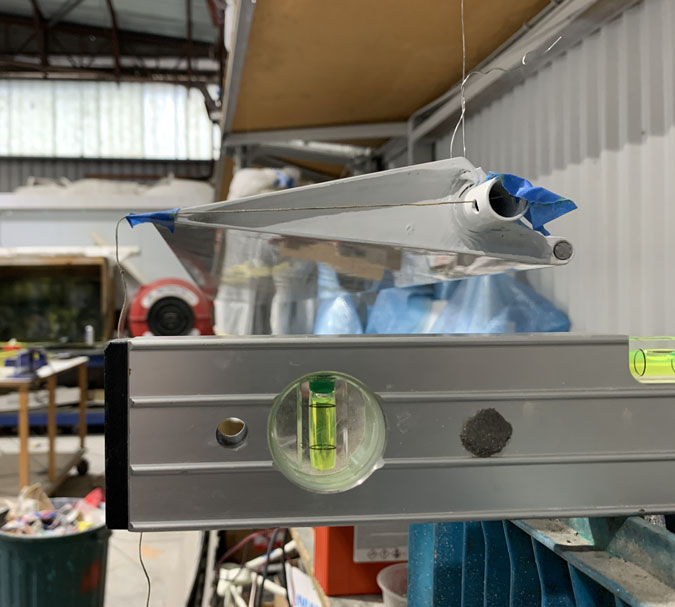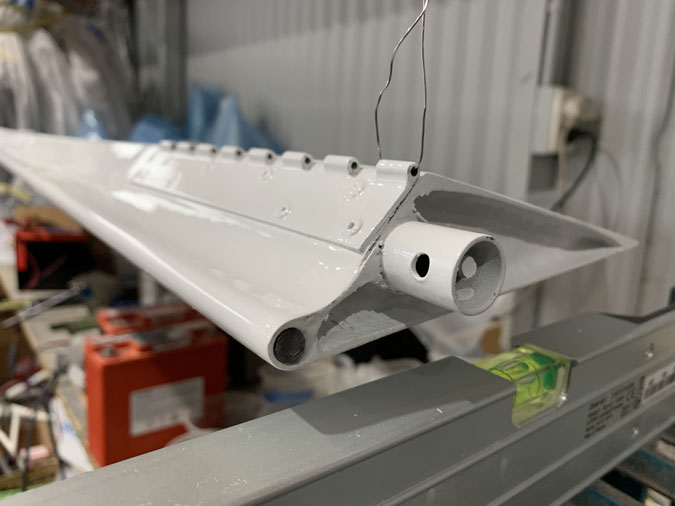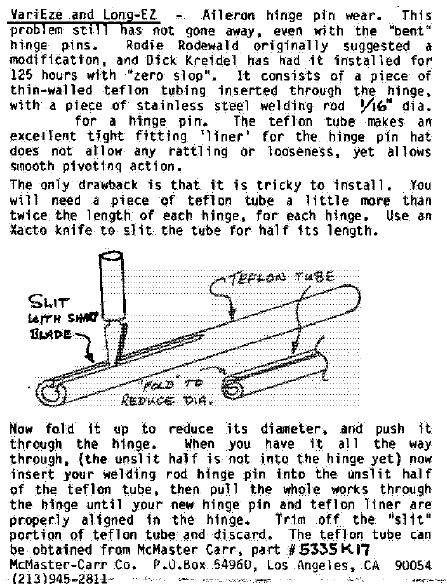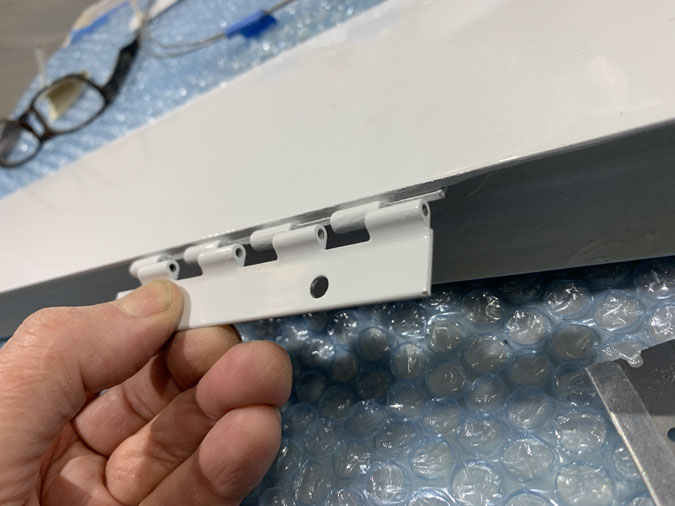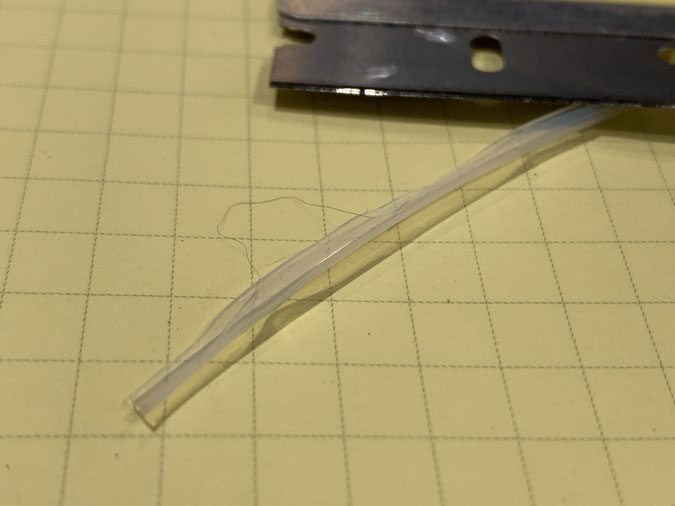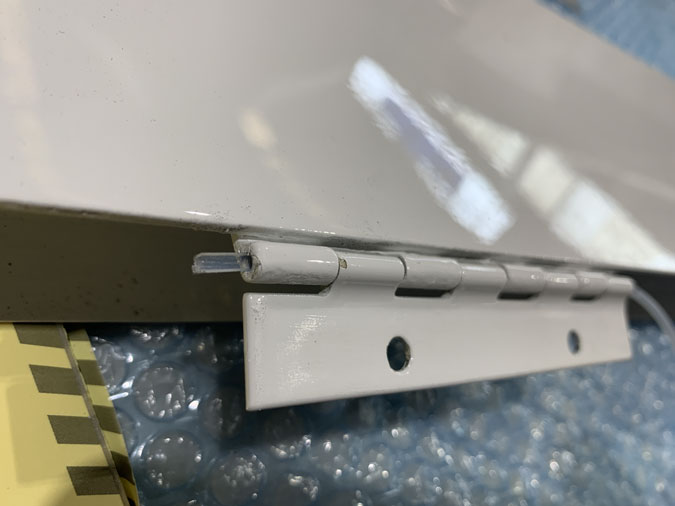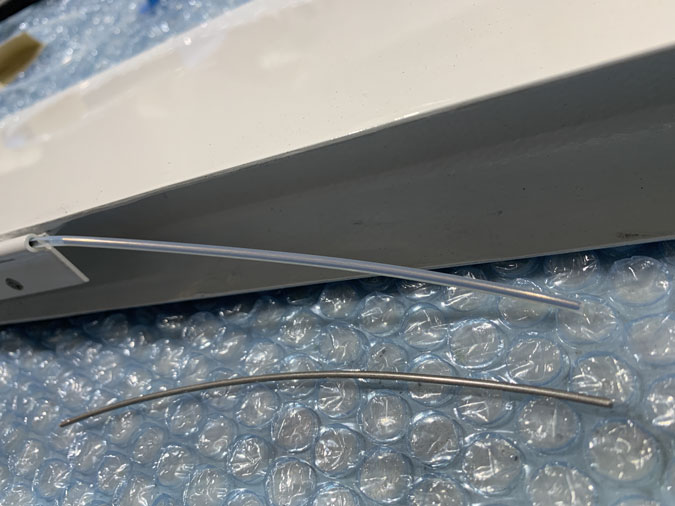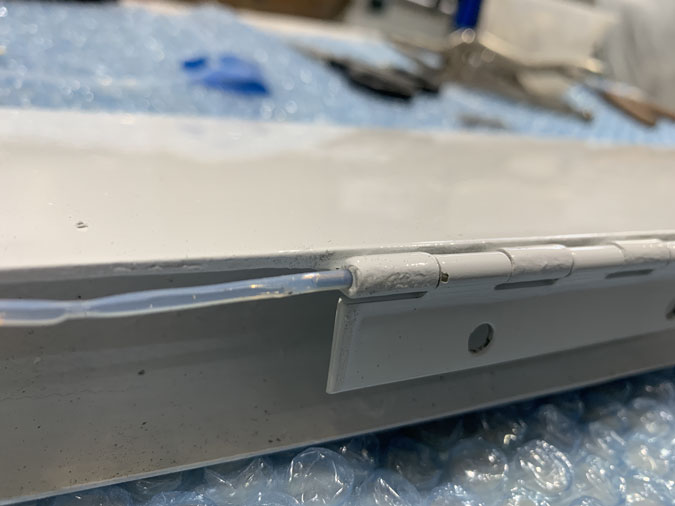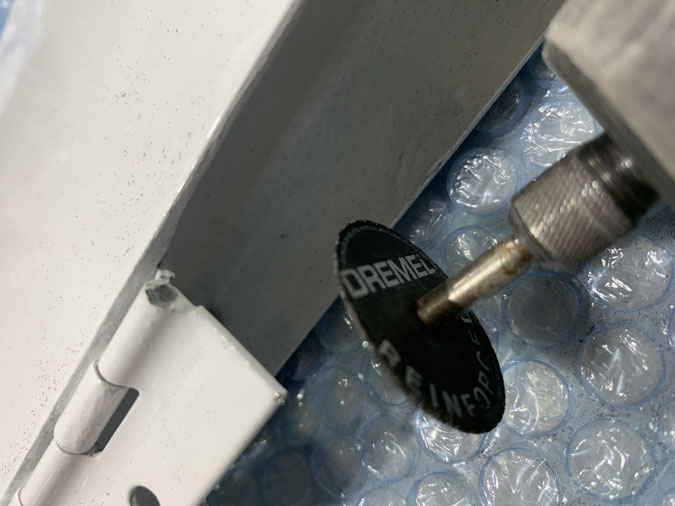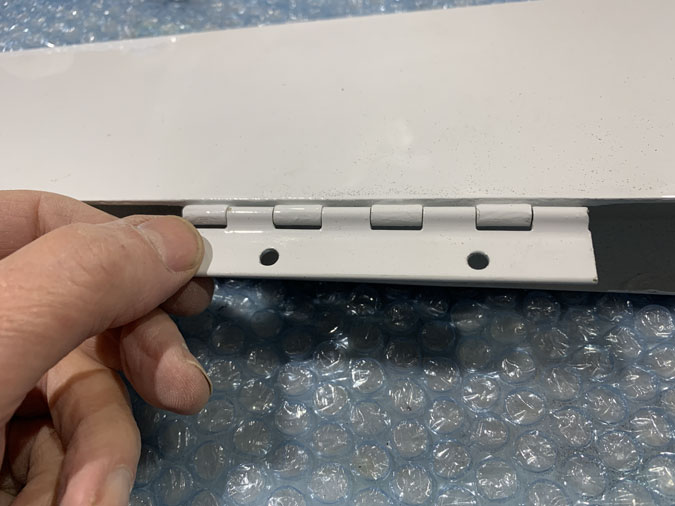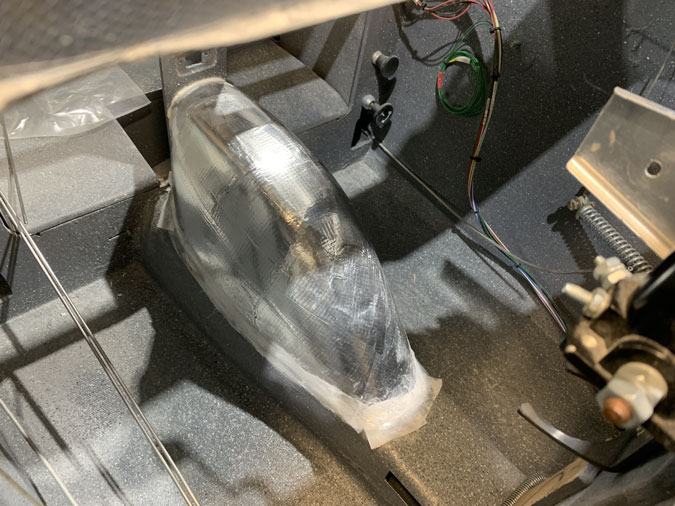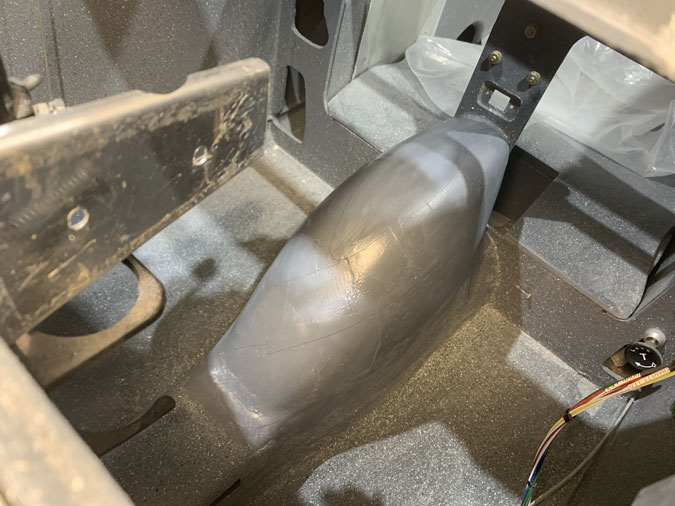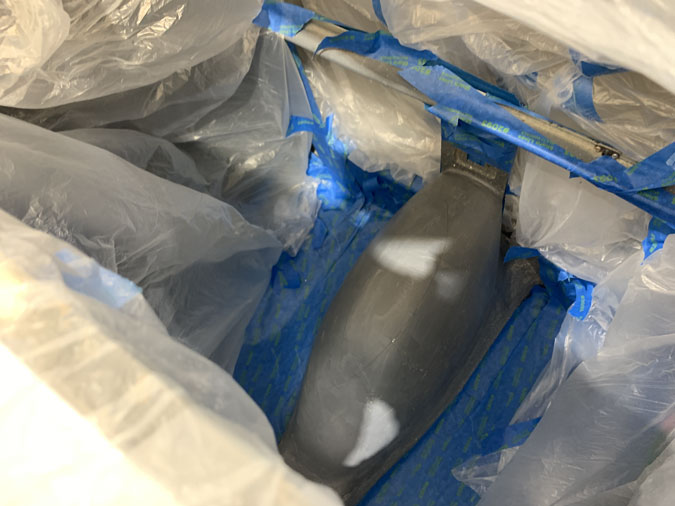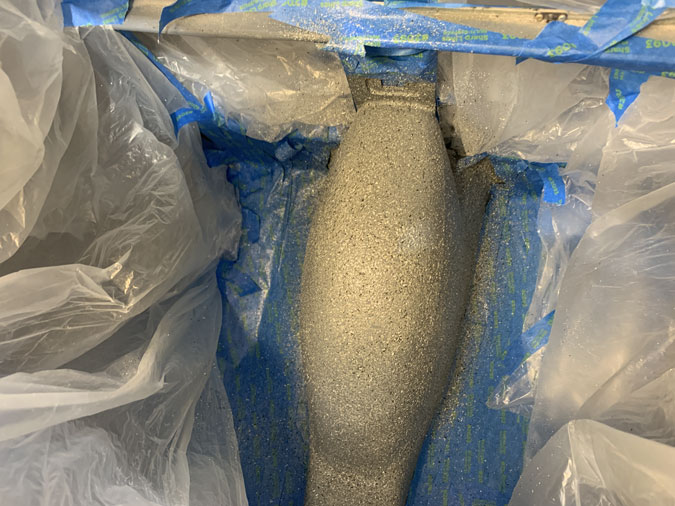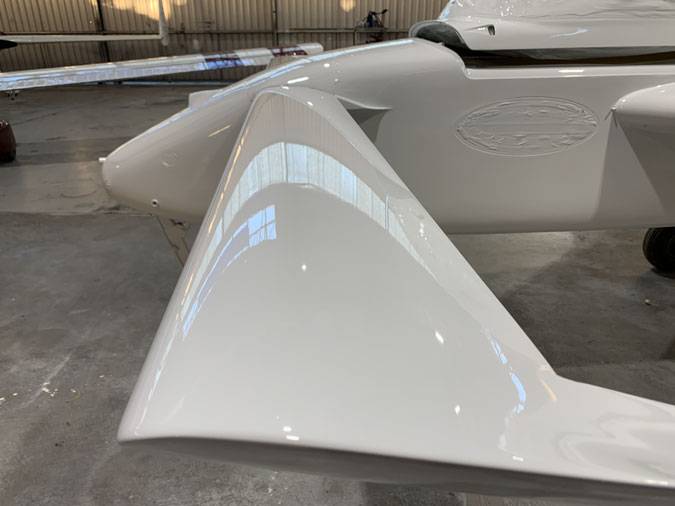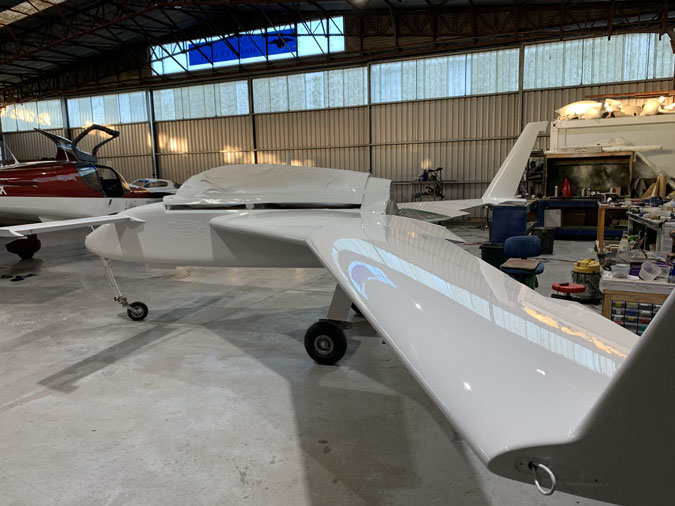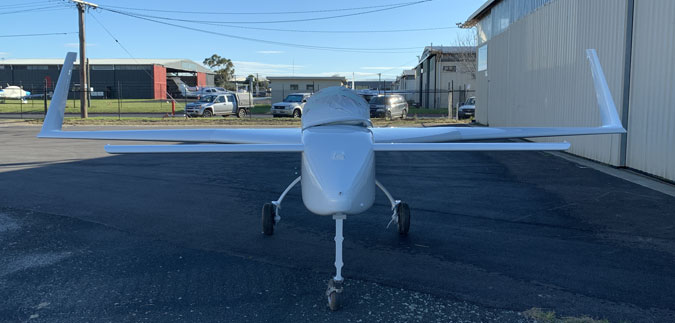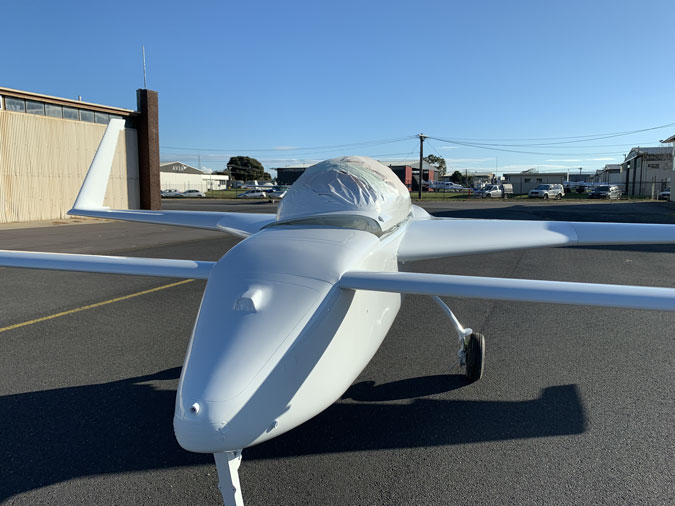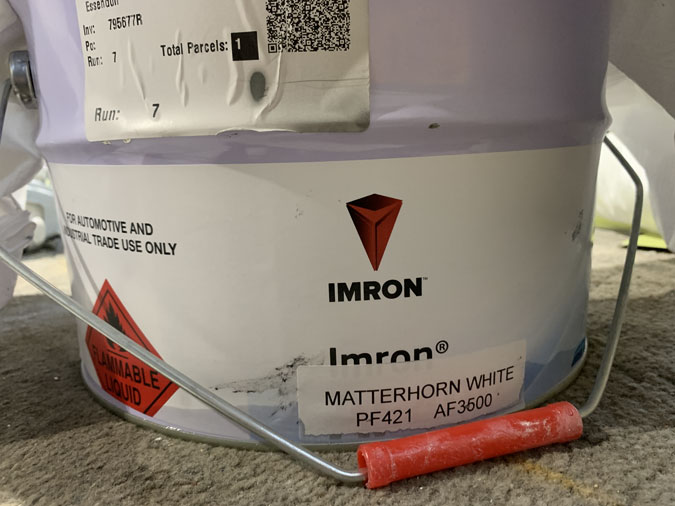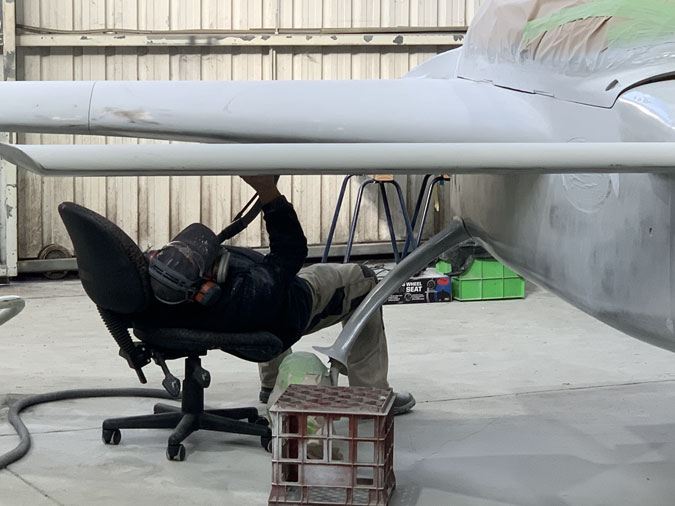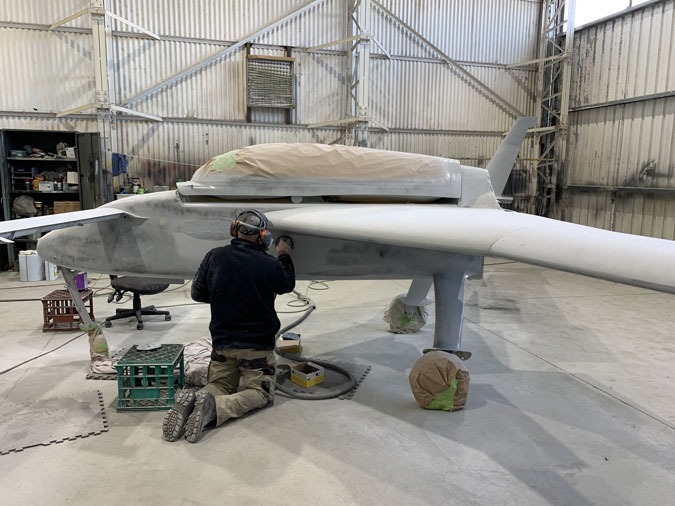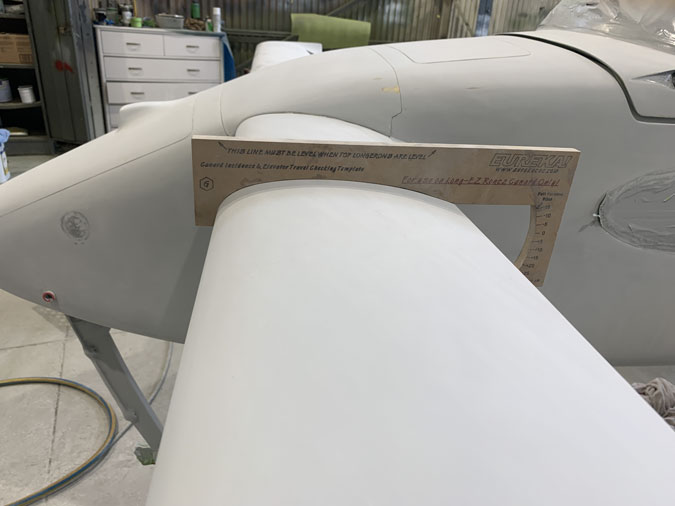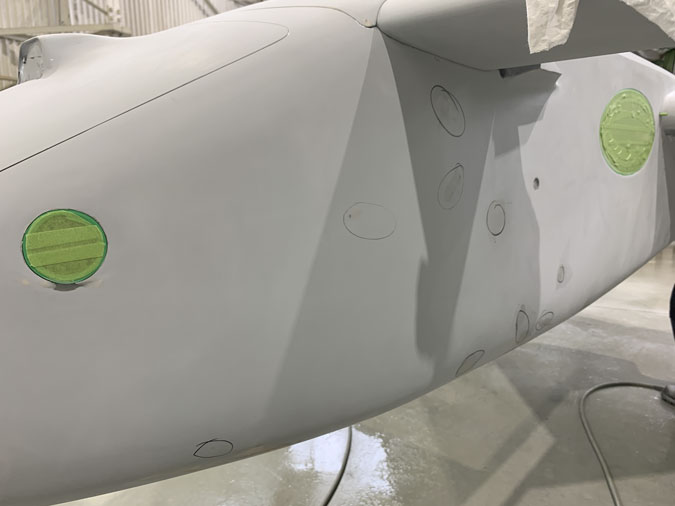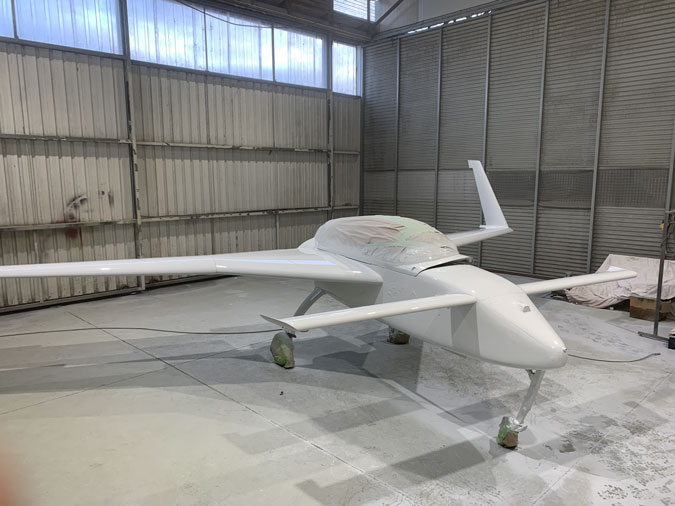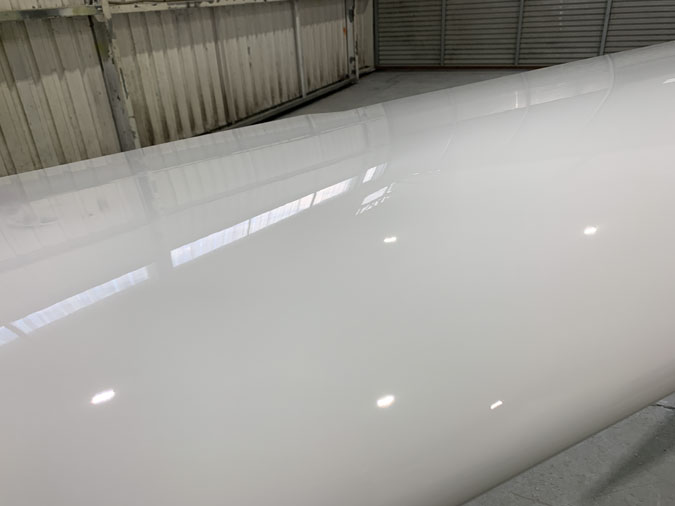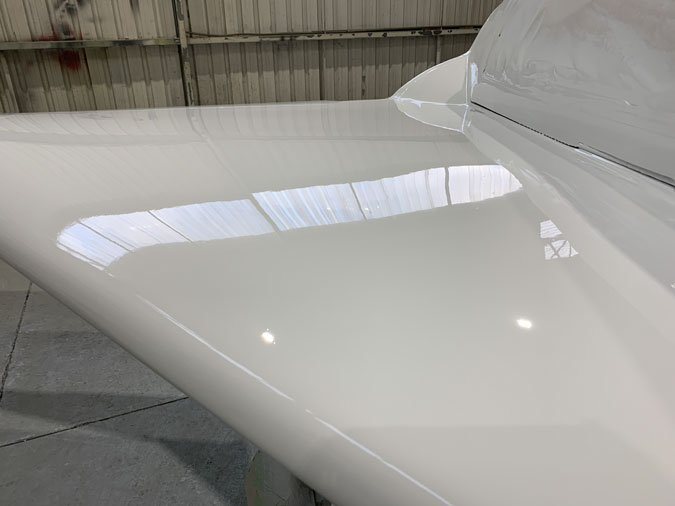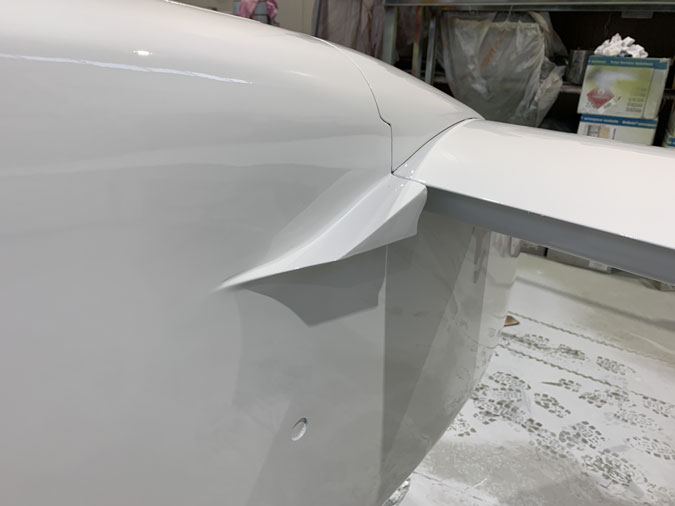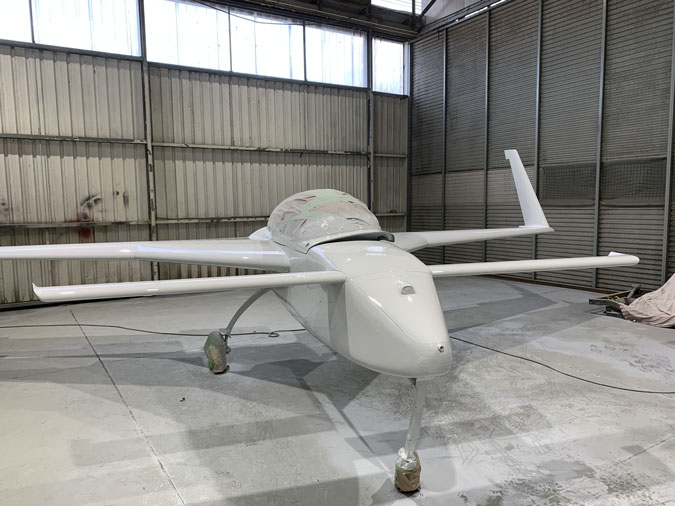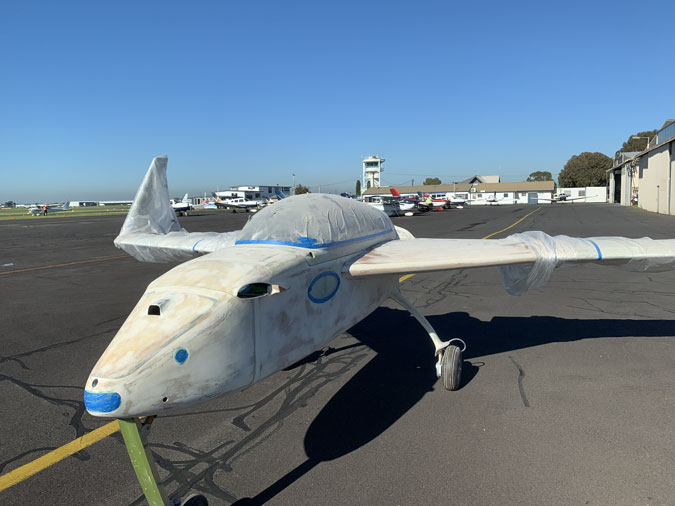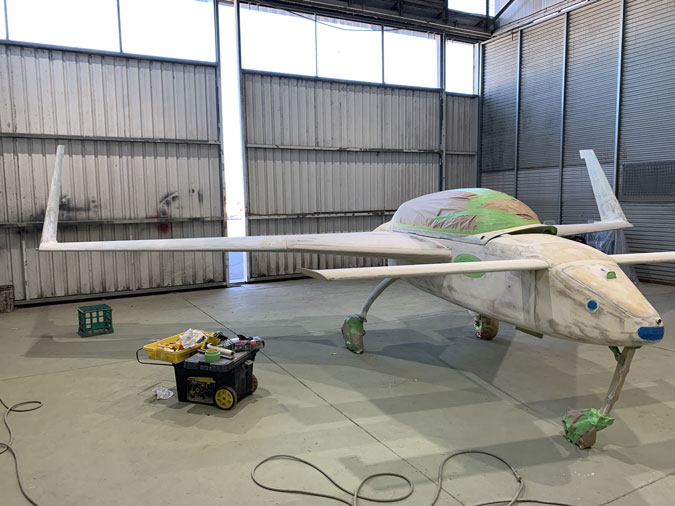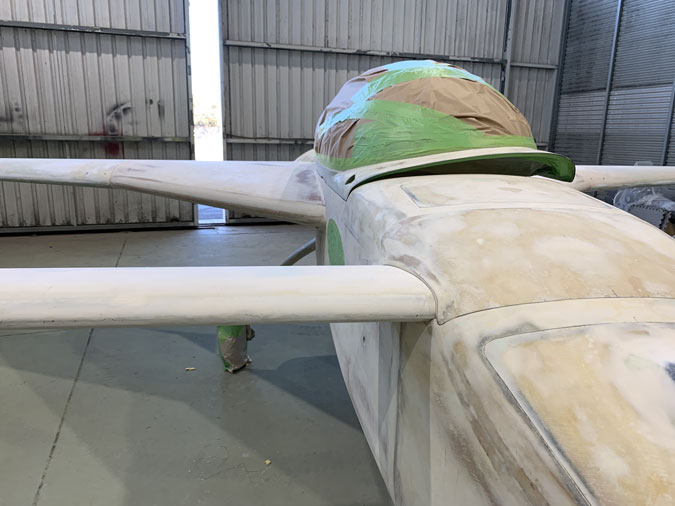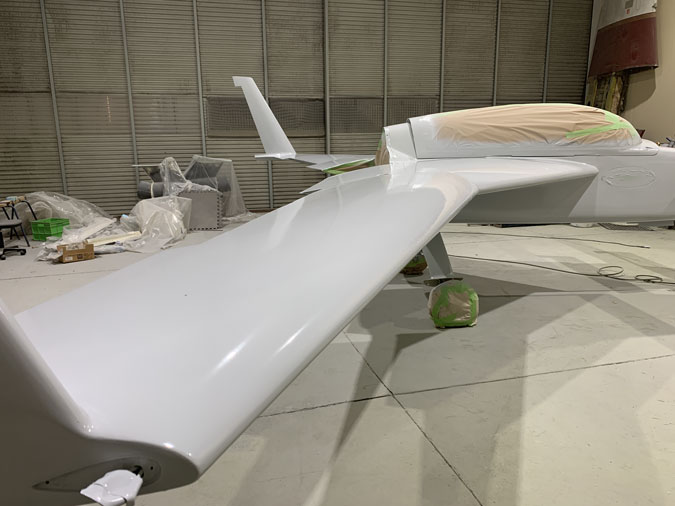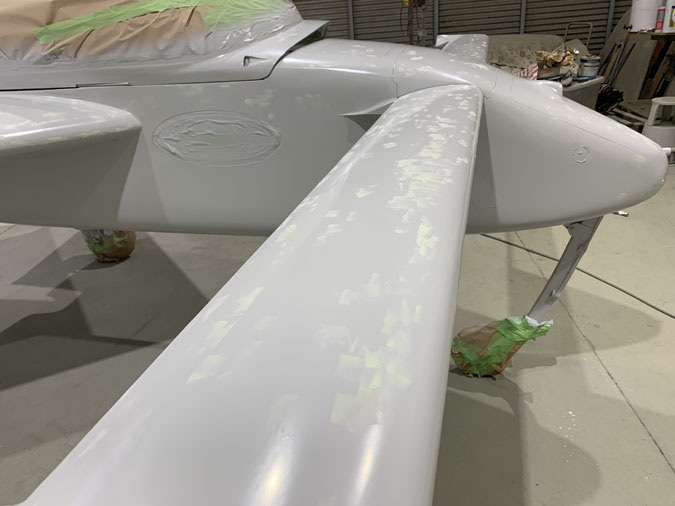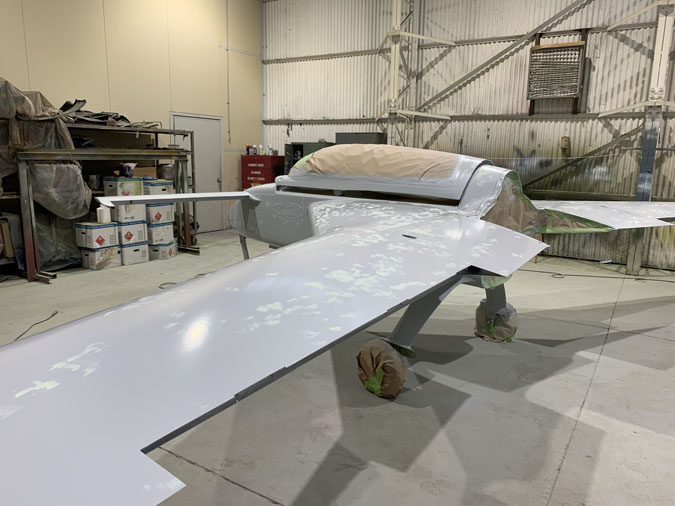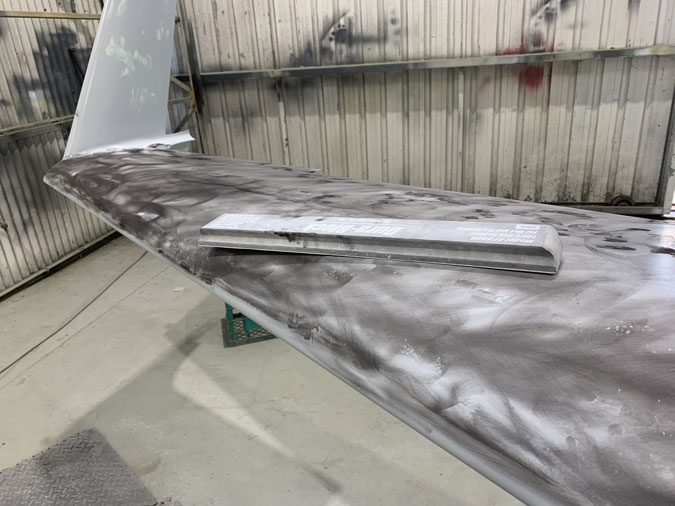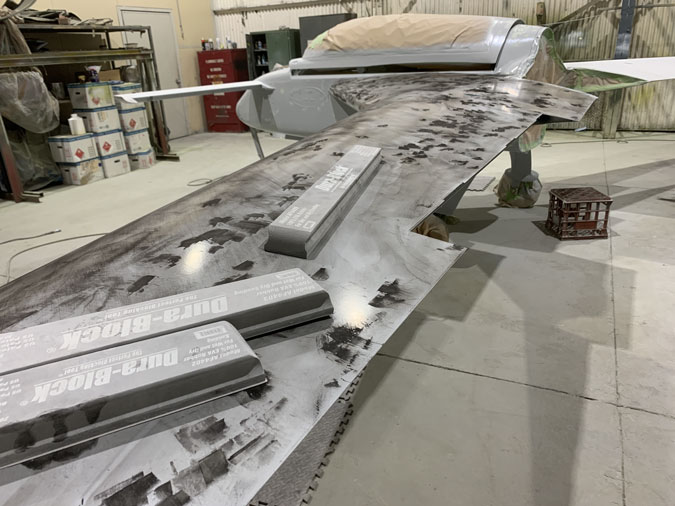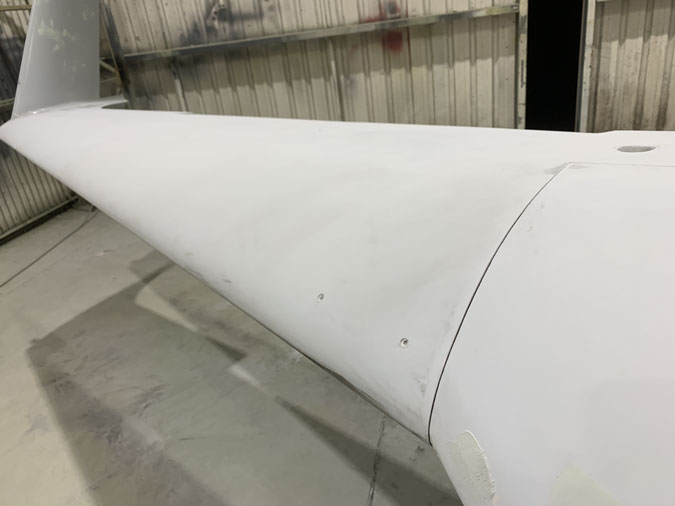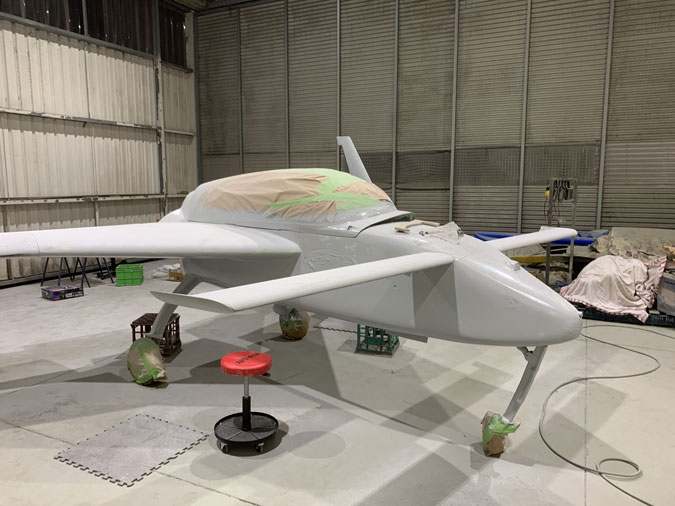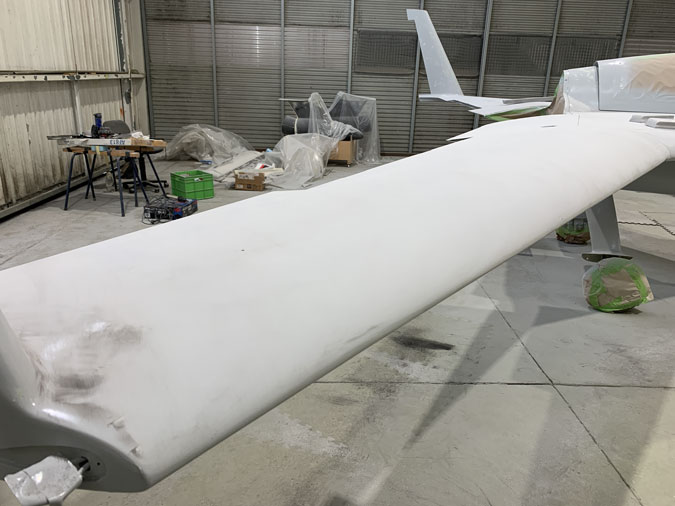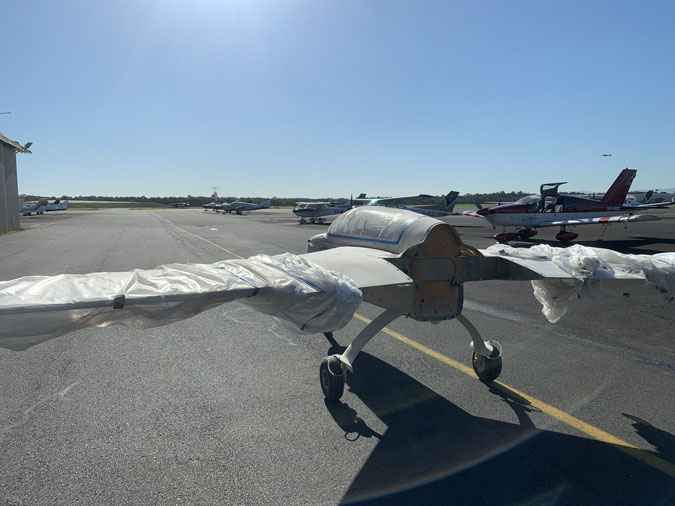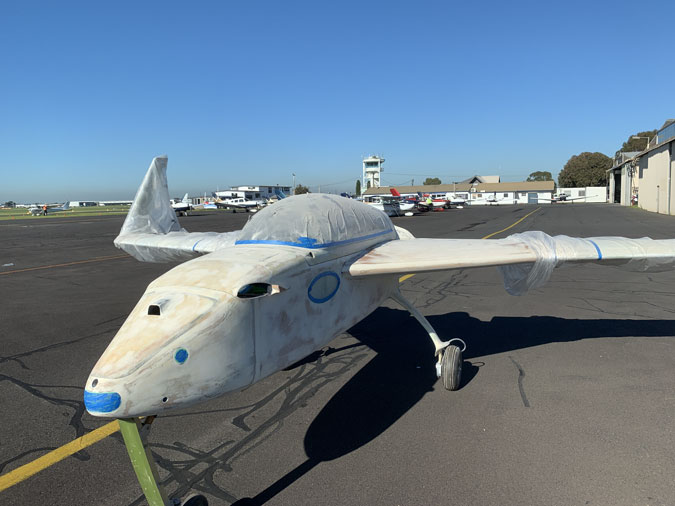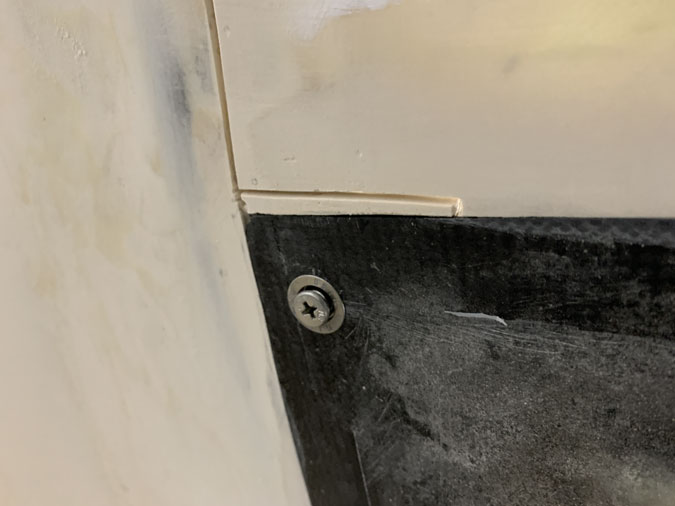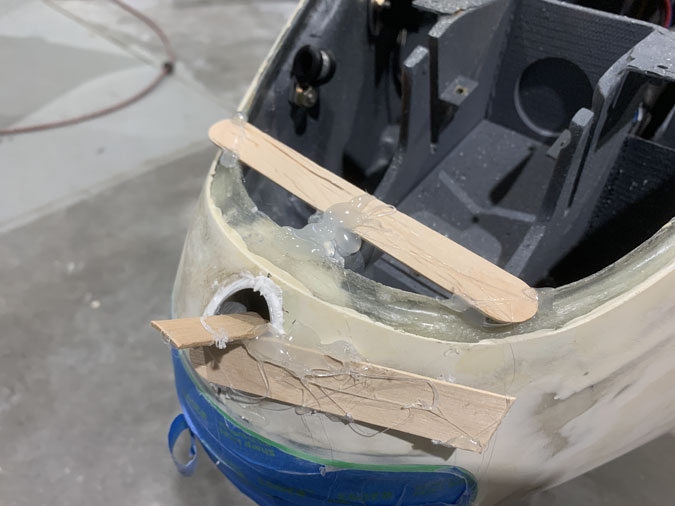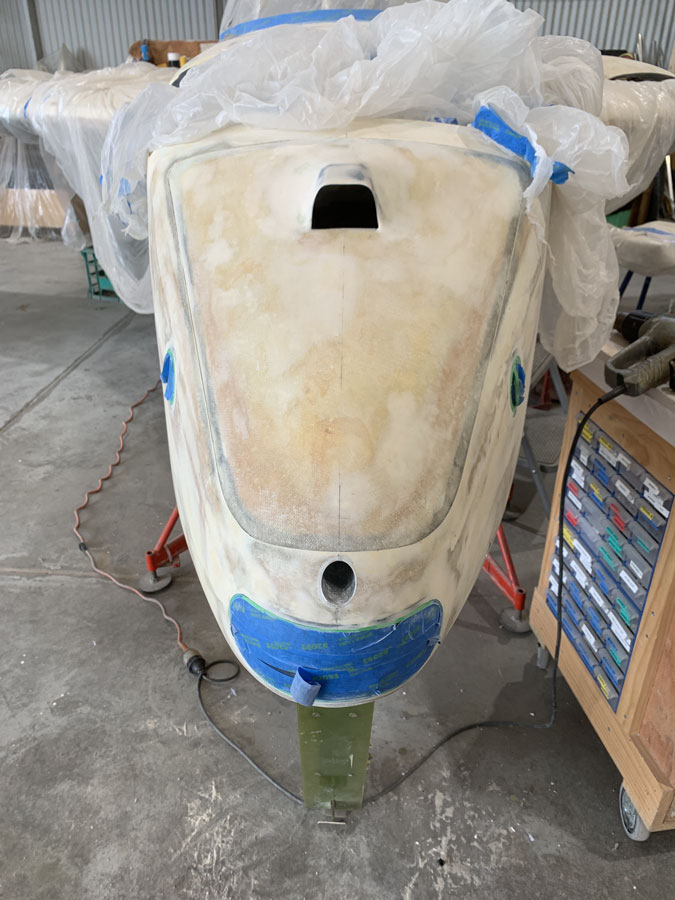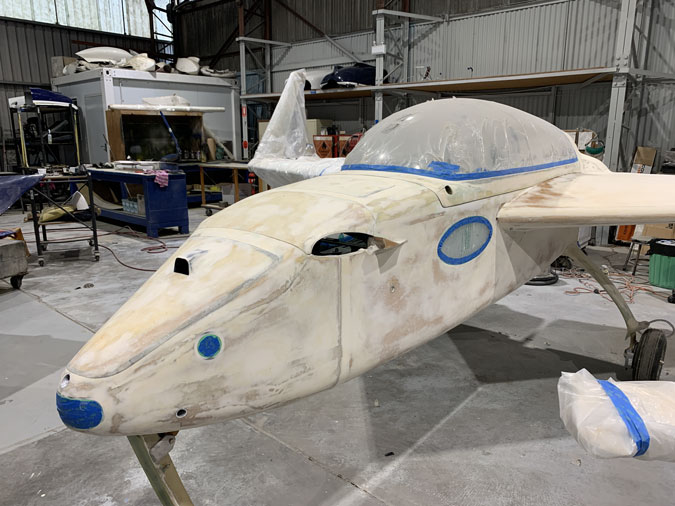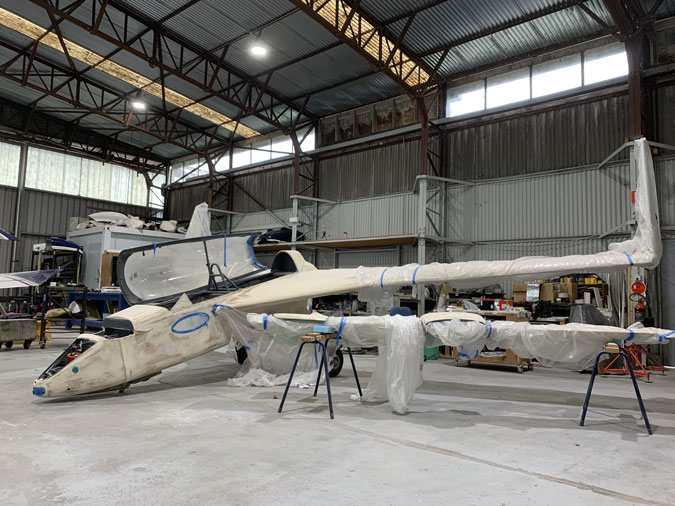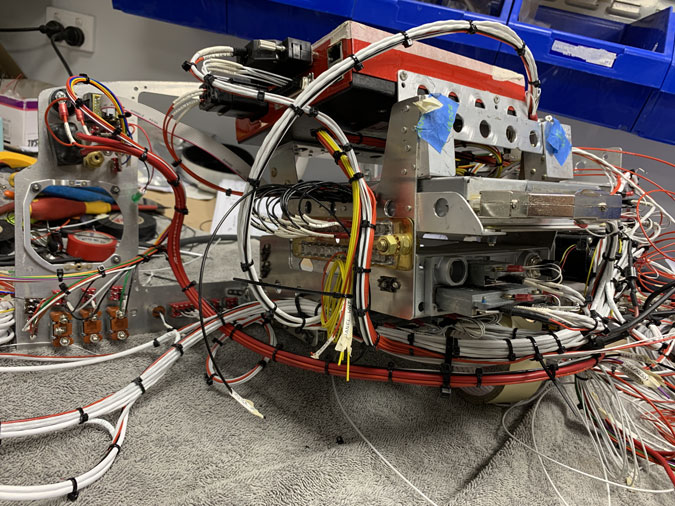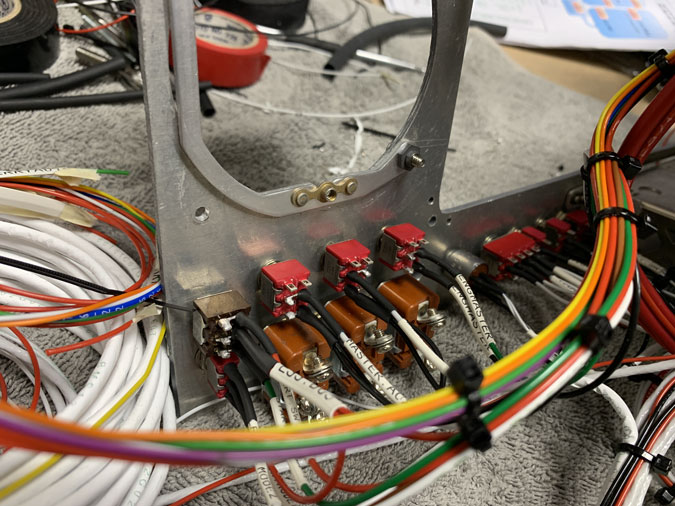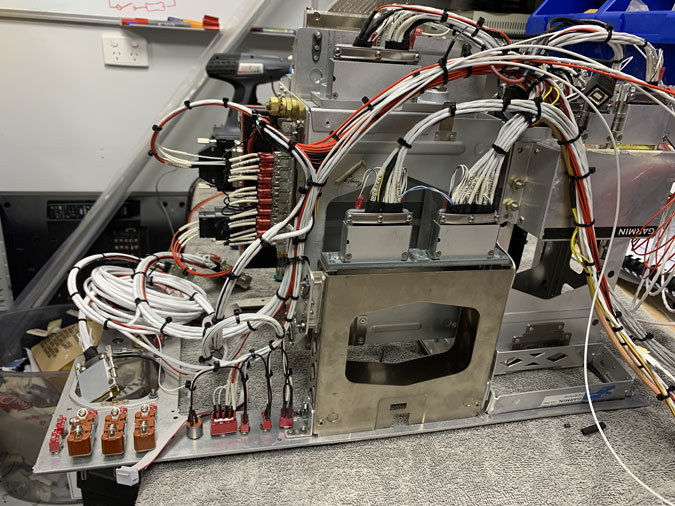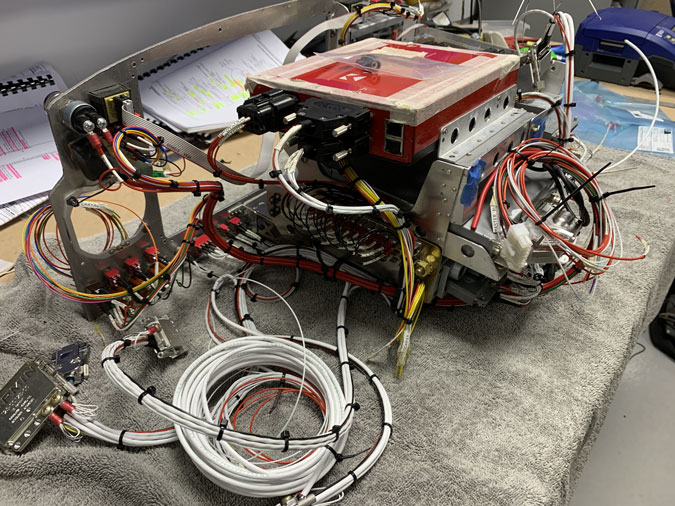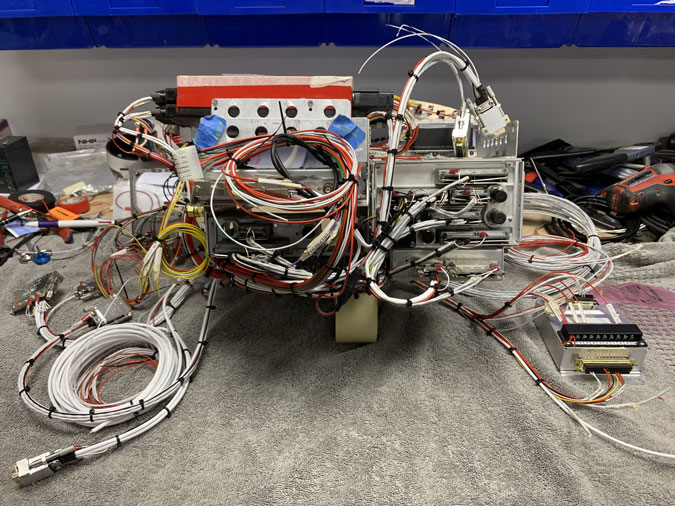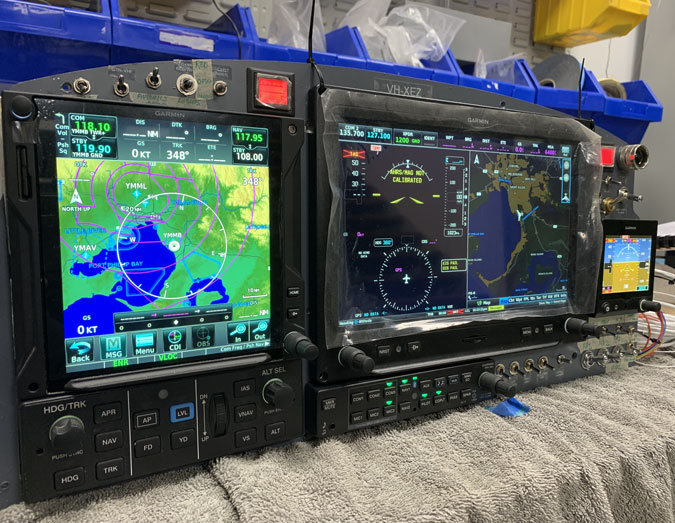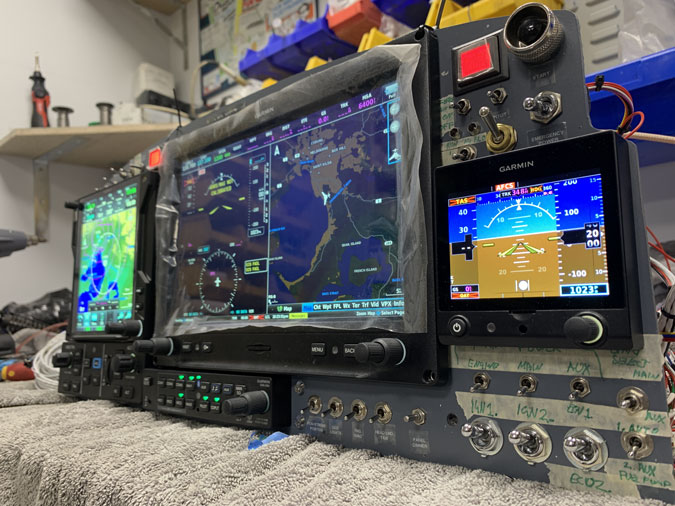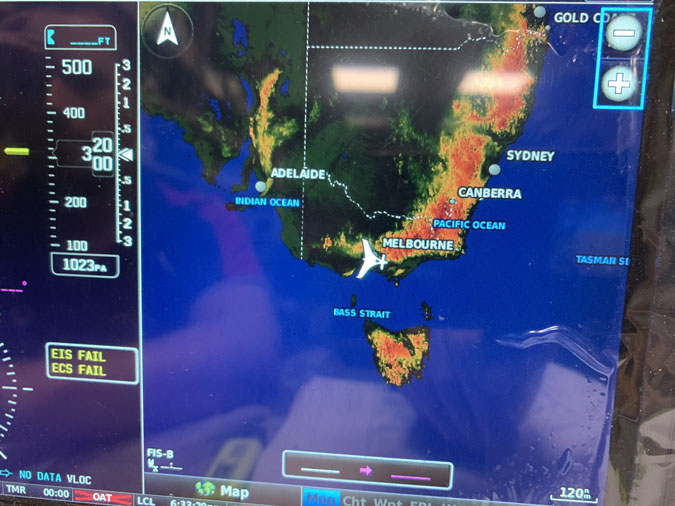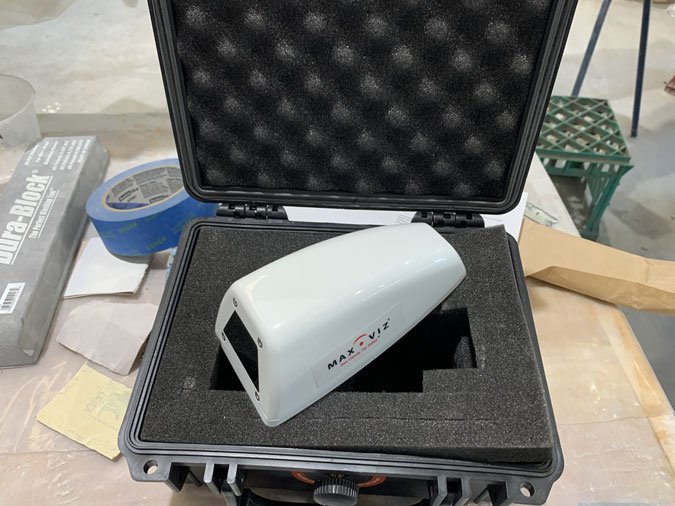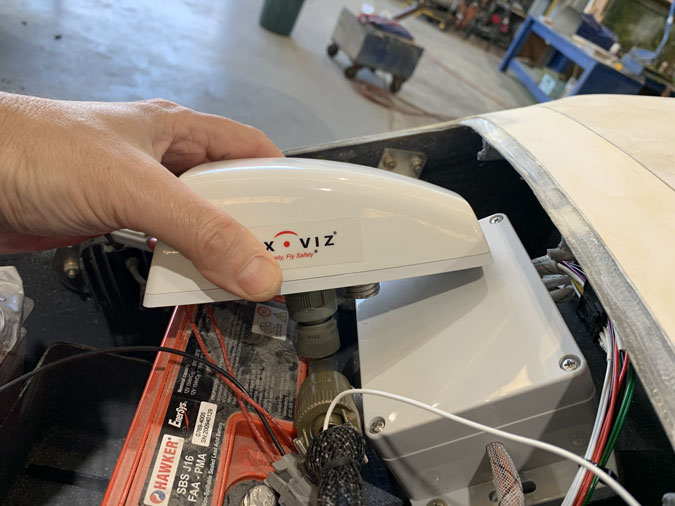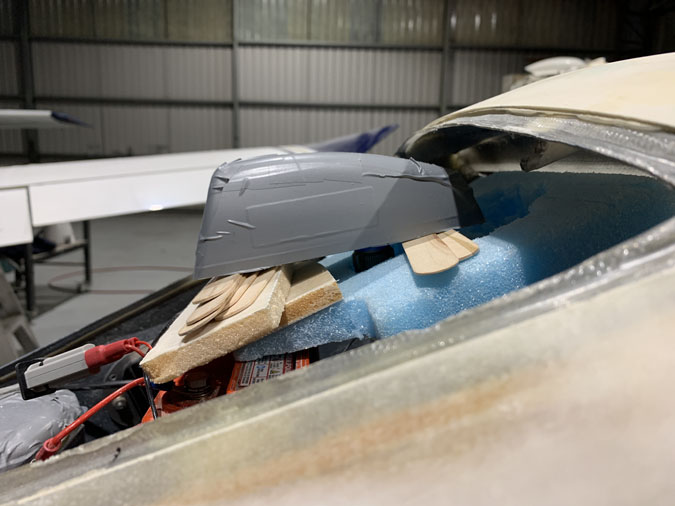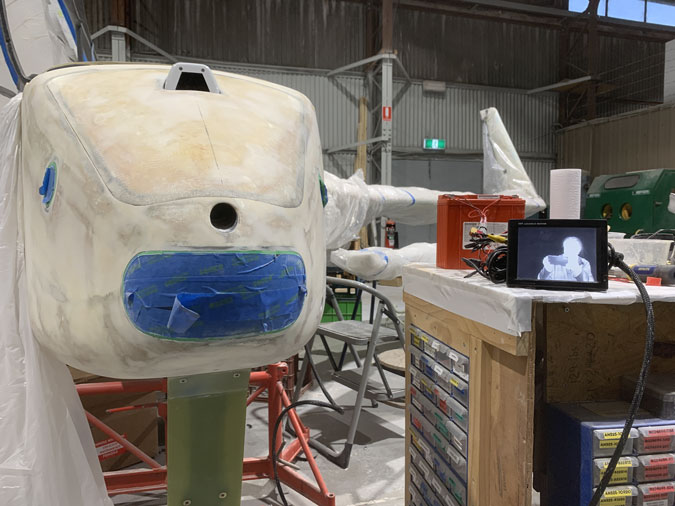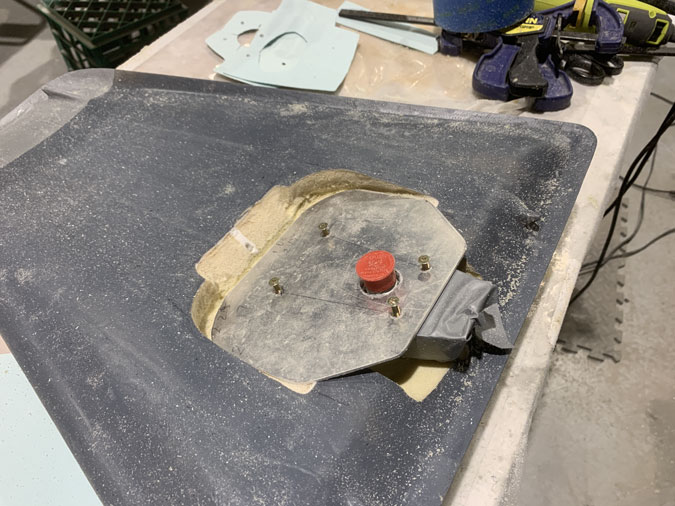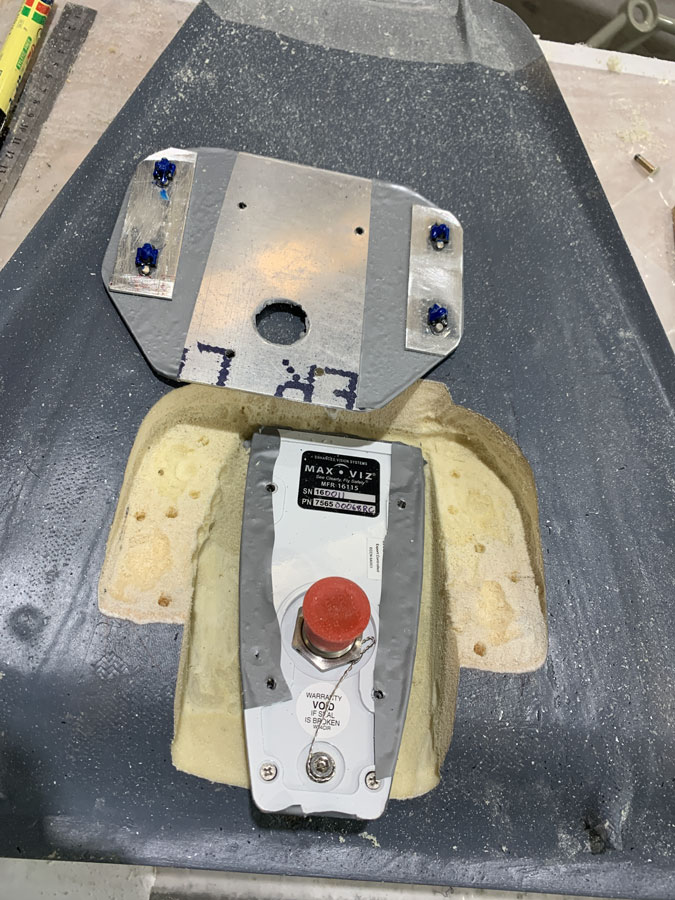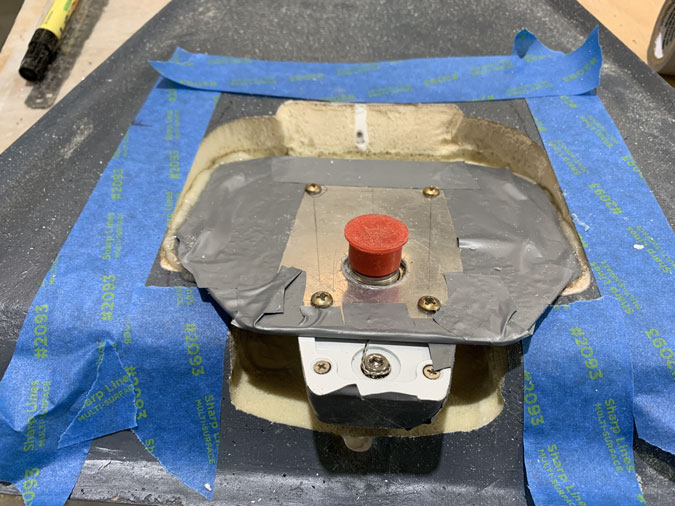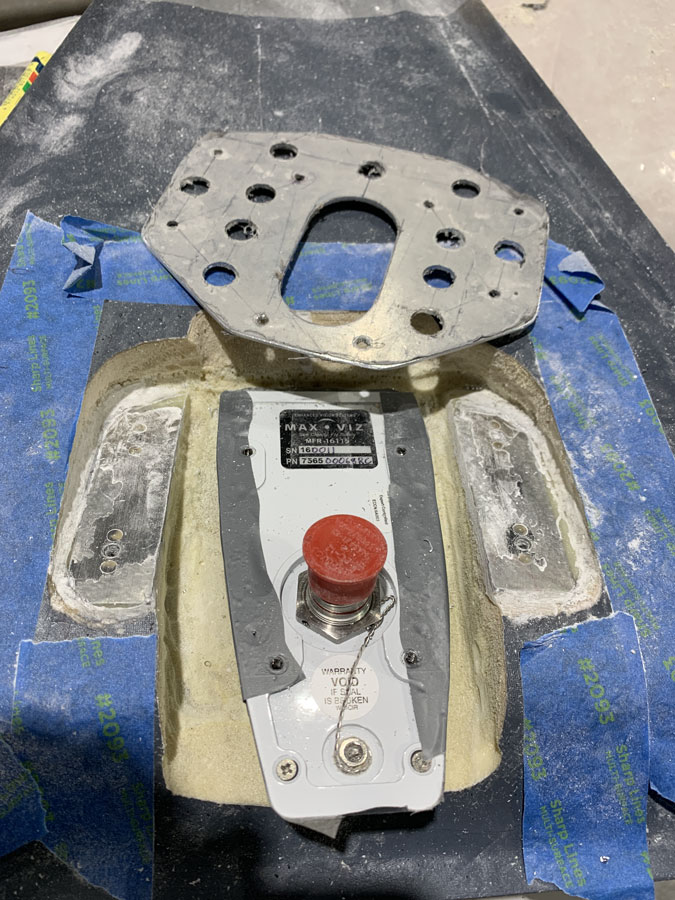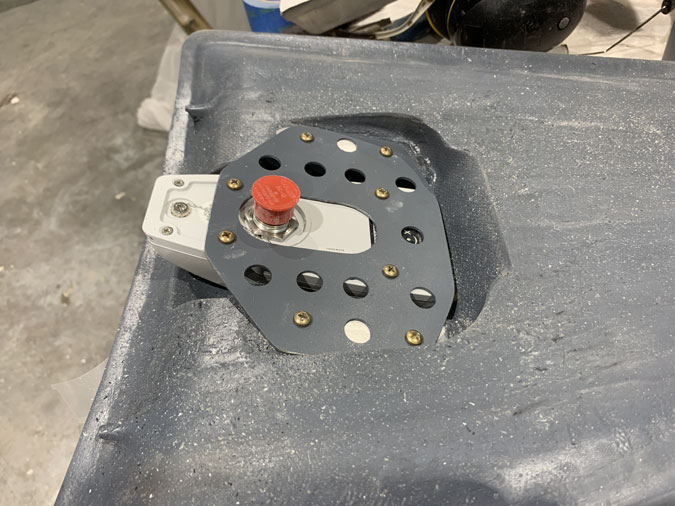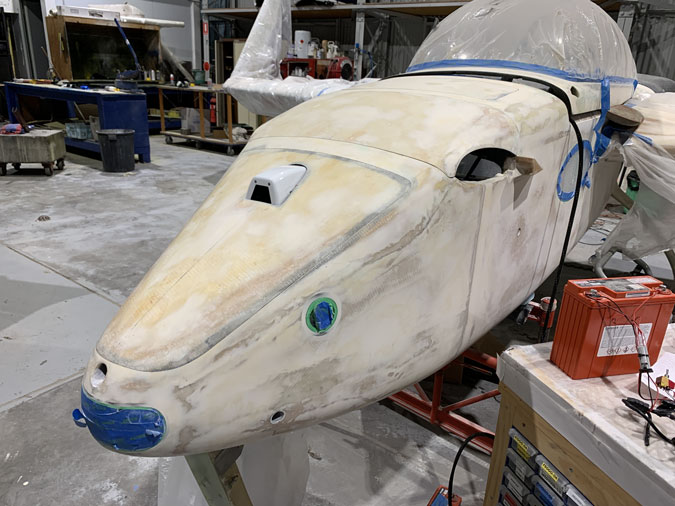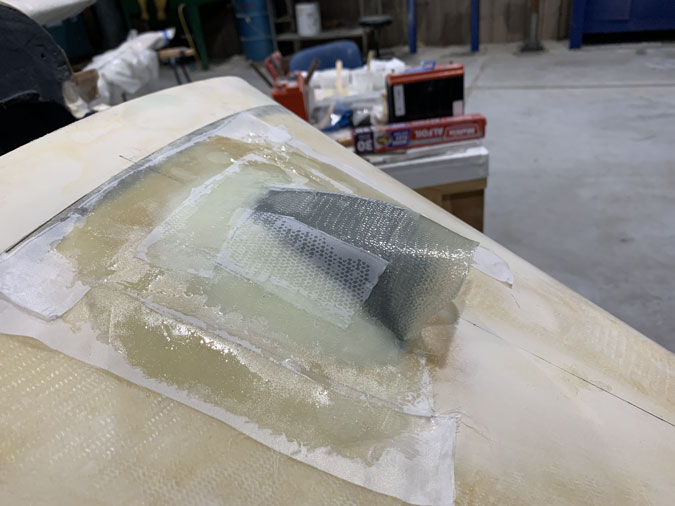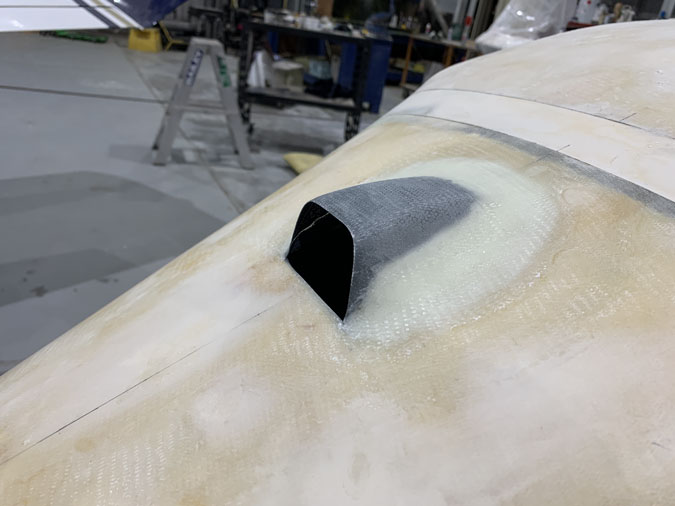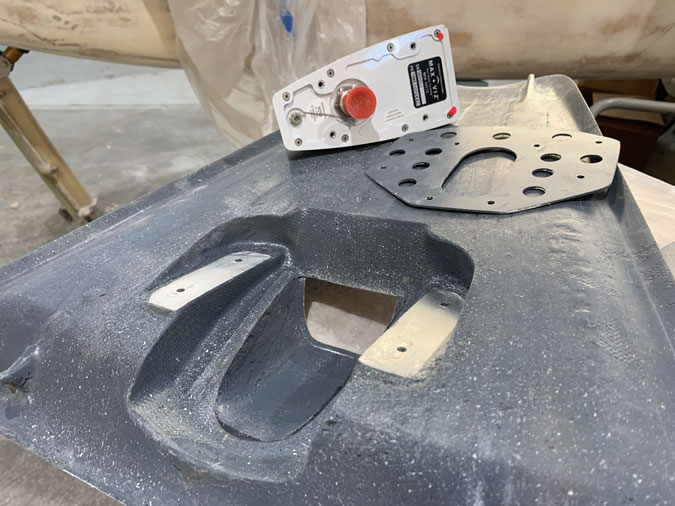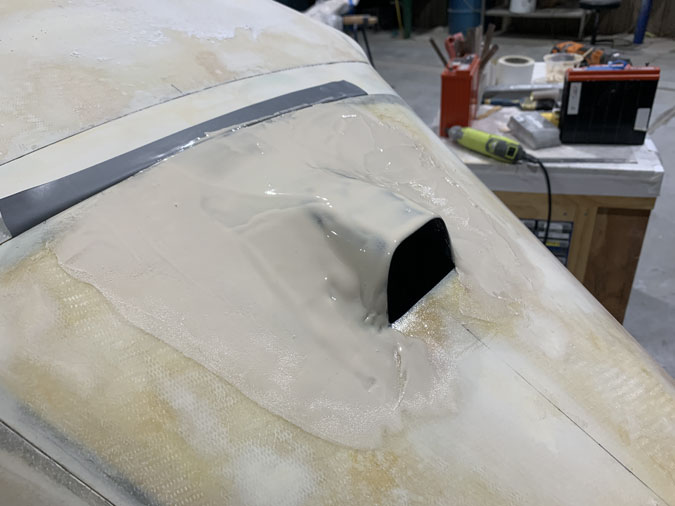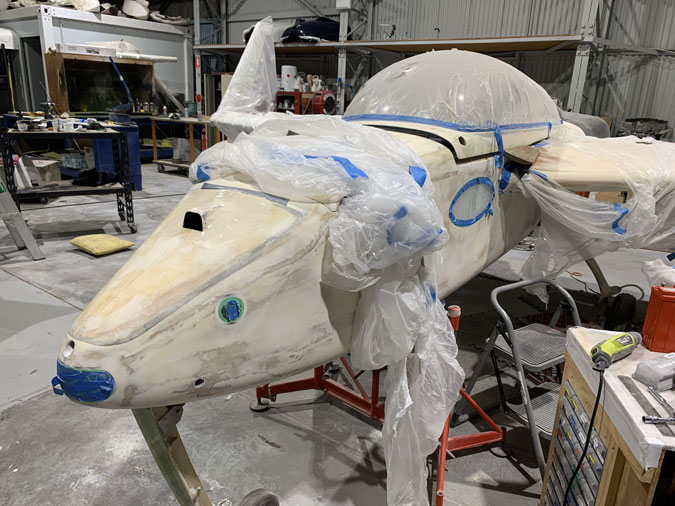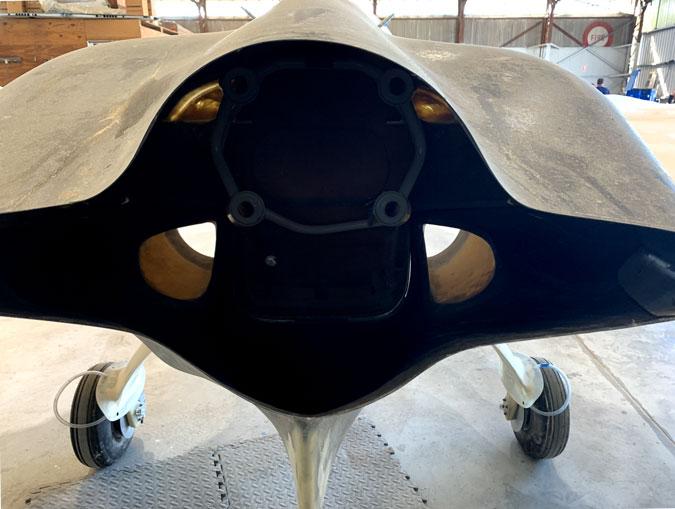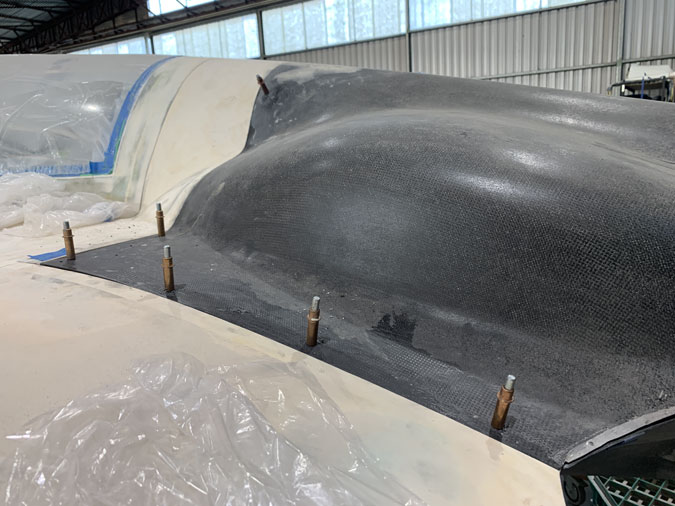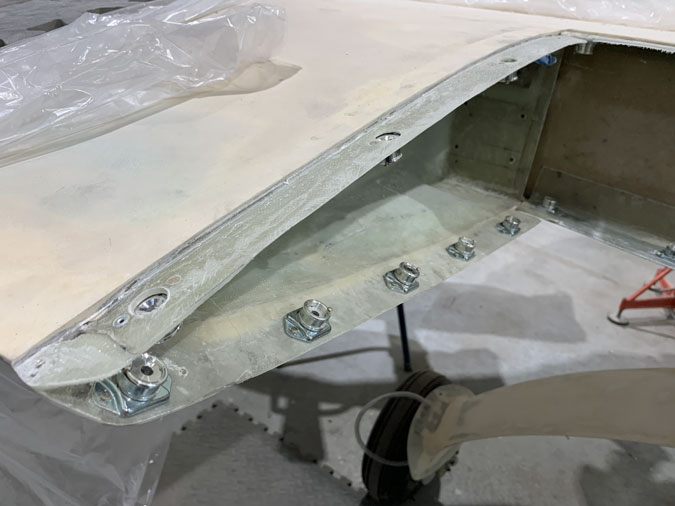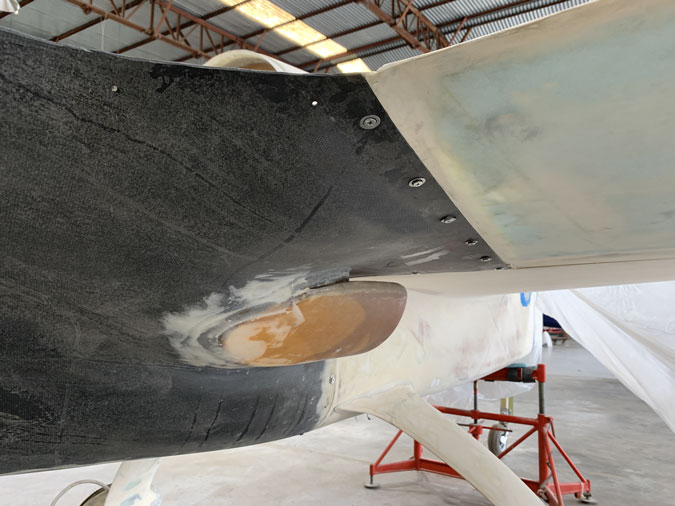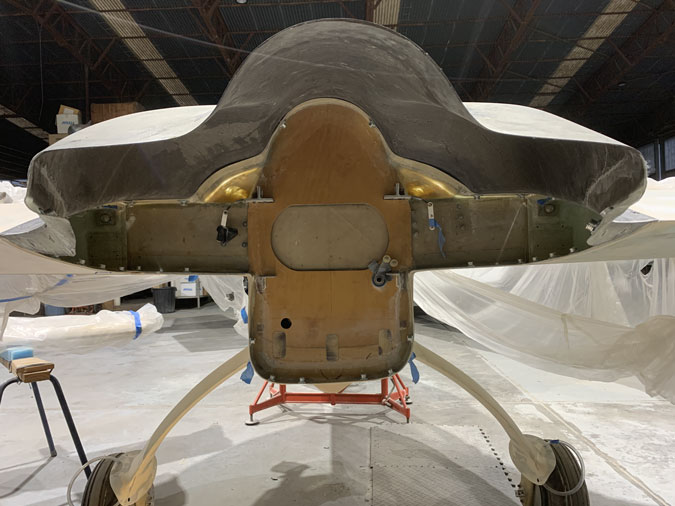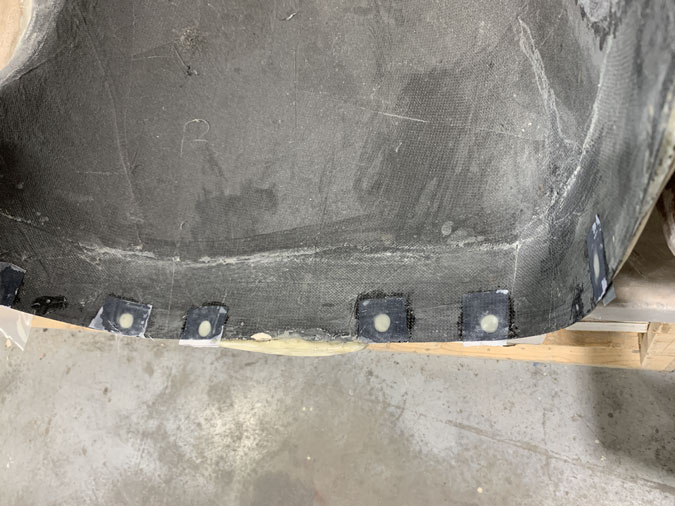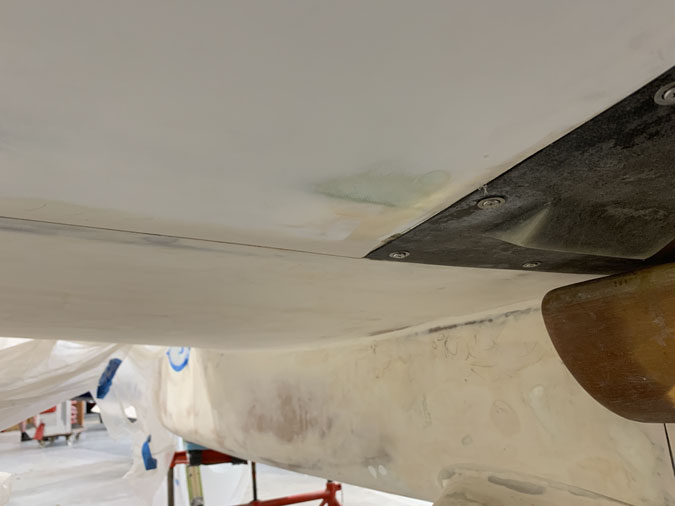| Date: 09-10-2021 | |
| Number of Hours: 11 | |
| Manual Reference: 19-9 |
Balancing the Ailerons (and elevators) is one of the critical things to ensure the greatest possible air speed (TAS) before I encounter flutter. It is one of the factors that will determine my VNE.
Here’s what the plans say in Chapter 19. Riding on the wisdom of others instead of a solid steel rod. I opted for a hollow steel tube.
This steel tube you can see in my first weigh above is not yet filled with anything. Naturally we have the aileron hanging trailing edge low.
Yes thats lead of the exact diameter to stick into the tube. Instead of a hit a miss method I can control exactly the balance I want.
I left it a little long so I could get the insert in and out as needed. In the end I filled the whole tube with lead.
You can see that I’m pretty much in tolerance here.
I’ve just used some thin aviation lock wire and an overhead shelf which worked a treat to hang the aileron.
Its a bit hard to photograph, I added a bit of string to help. On the job a small steel ruler can be held up instead.
The idea is that the top of the spirit level is parallel to the bit of string. I have it almost perfectly balanced for both ailerons. The plans give a bit of a margin and I think thats because if you just glass in a weight per plans its a bit hit and miss. If you miss by too much you get to scrap the aileron and try again. With this tube method I really can go for accuracy.
Once I was happy with the weights I needed to secure the rods in the tube. I just pulled out an end several inches and used epoxy. While it was still wet I pulled the other end out and did the same. I little back and forth to get the glue in and that was it. The lead is so soft I could cut the ends off with a steel backed razor blade to tidy up.
For those who care, here are my final weights. I think I built these as light as was reasonably possible and I’m happy with the results.
After all, no one builds as light as Mike Melvill!
Aileron Weights
As reference Mike Melvill’s aileron weight before paint was 5lbs 2oz
Mike’s plane was one of the fastest constructed and lightest ever built.
Right 3lbs 12oz (1.685kg) Painted 3lbs 15ozs (1.757kg) 2.5oz of paint
Final Weight after adding lead to the trailing edge tube 5lbs 13oz (2.625kg)
Left 3lbs 13.5ozs (1.745kg) Painted 4lbs 4oz (1.83kg) 2.9oz of paint
Final Weight after adding lead to the trailing edge tube 5lbs 11ozs (2.574kg)

